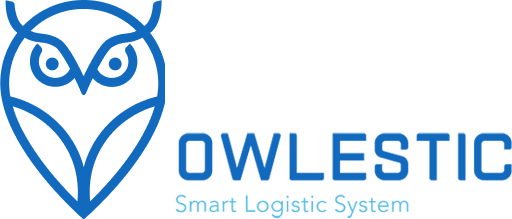Comparing GPS and Telematics: Which Technology Suits Your Fleet Better?
23 Oct 2024Introduction: Understanding the Differences Between GPS and Telematics
While both GPS and telematics play crucial roles in fleet management, they serve distinct purposes. GPS tracking focuses on location monitoring, while telematics goes beyond that, offering insights into vehicle performance, driver behavior, and operational efficiency. This article compares the two technologies to help businesses determine which solution best suits their fleet’s needs.
What is GPS Tracking, and How Does It Work?
GPS tracking uses satellite technology to provide real-time data on vehicle locations. This data helps businesses:
· - Monitor vehicle routes and arrival times.
· - Provide accurate delivery estimates to customers.
· - Prevent vehicle theft with geofencing alerts.
When to Use GPS Tracking:
If your primary goal is to track vehicle locations and improve route planning, a GPS solution may be sufficient.
What is Telematics, and How Does It Enhance Fleet Operations?
Telematics systems collect and transmit real-time data from vehicles, covering aspects like engine health, fuel consumption, and driver behavior. Telematics offers:
· - Driver Behavior Monitoring: Tracks speeding, harsh braking, and idling.
· - Vehicle Health Diagnostics: Alerts managers to potential mechanical issues.
· - Fuel Management: Helps optimize fuel consumption through route and driver analytics.
When to Use Telematics:
Telematics is ideal for businesses seeking a comprehensive solution that covers both tracking and performance management.
Comparing GPS and Telematics: Key Differences
Feature
GPS Tracking
Telematics
Primary Function
Location tracking
Location + vehicle and driver monitoring
Data Insights
Real-time location
Performance, behavior, and maintenance data
Cost
Typically lower
Higher, but with more features
Use Cases
Route tracking, theft prevention
Safety, maintenance, and fuel optimization
How Owlestic Combines GPS and Telematics for Maximum Efficiency
Owlestic’s fleet management software integrates both GPS tracking and telematics into a unified platform. This provides businesses with the best of both worlds, offering:
· - Real-Time Location Tracking: Stay updated on vehicle locations.
· - Comprehensive Performance Insights: Monitor fuel usage, vehicle health, and driver behavior.
· - Automated Alerts: Receive notifications for route deviations and maintenance needs.
· - Customized Solutions: Tailor features to fit the unique needs of your fleet.
To learn more about optimizing your fleet management, check out this articles that explore advanced strategies and best practices. You can also visit the features page of Owlestic to see how our software can meet your needs effectively.
Conclusion: Which Technology is Right for You?
Choosing between GPS and telematics depends on your fleet's specific requirements. If you need basic location tracking, GPS will suffice. However, if you want deeper insights into operations, telematics is the superior choice. With Owlestic’s software, businesses don’t have to choose—our platform offers integrated GPS and telematics features for seamless fleet management.
Owlestic's fleet management software stands out as a comprehensive solution that optimally integrates both GPS and telematics technologies. By leveraging the strengths of these two advanced systems, Owlestic delivers a powerful tool that not only tracks vehicle locations in real-time but also provides in-depth insights into vehicle performance and driver behavior. This dual approach ensures that businesses can enhance operational efficiency, reduce costs, and improve safety across their fleets. With Owlestic, you benefit from a fully functional platform that effectively combines the best of both worlds, making fleet management more efficient and actionable than ever before.
